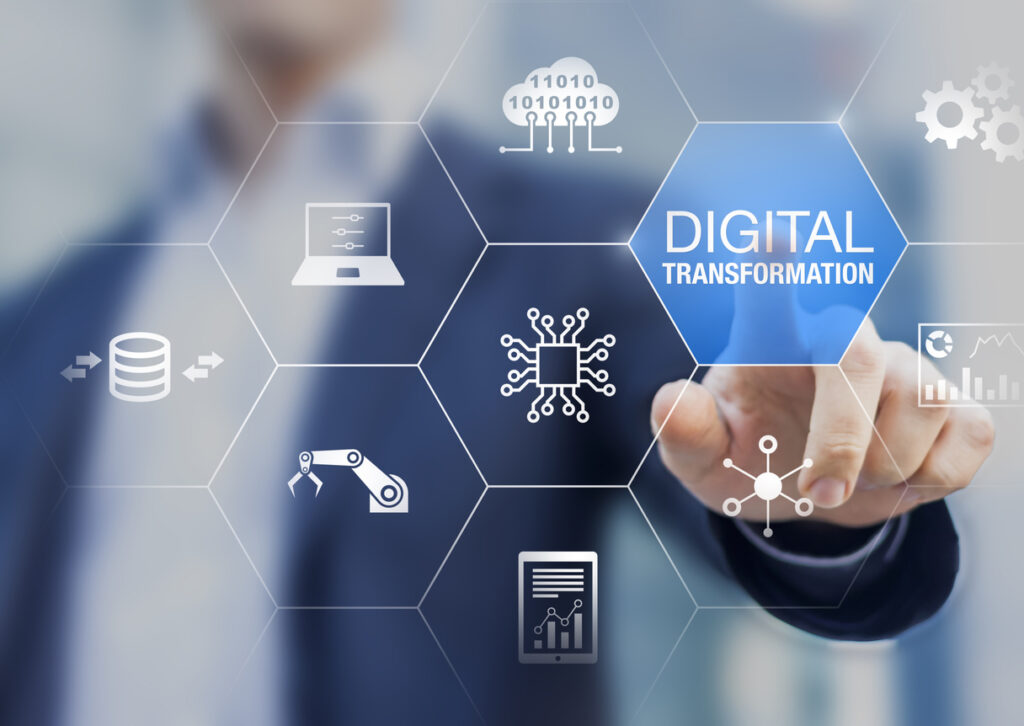Why Your Knowledge Base Needs Personalization

When you get into a conversation about improving the customer experience, it’s almost inevitable that the idea of personalization will come up.
Personalization has proven to be an effective strategy to engage customers. 80 percent of B2B businesses that have a content personalization strategy report that their personalized content is more effective at driving buyers through the funnel than non-personalized content. Meanwhile, almost 60 percent of consumers who have experienced personalization say it has influenced their retail purchases.
Businesses are betting big on personalized customer experiences, but what about personalized experiences for employees? If content personalization is effective in guiding customers through the buyer’s journey, why wouldn’t it help knowledge workers do better, more efficient work?
By choosing a knowledge base that personalizes the user experience, your company can ensure that employees always have access to relevant content when they need it. Examples of personalized experiences in a knowledge sharing platform include:
- Content recommendations. Users may receive content recommendations, based on skills, interests and prior interactions with the platform.
- Content discovery. Users can choose to follow authors, tags, keywords, and so on— and these preferences will give them a personalized content feed.
- Content view permissions by role. Content is tailored to users by role, and users don’t see content that is irrelevant to them. This type of personalized view can be especially valuable for organizations that need to ensure sensitive information is only shared with users who have permission to access it.
Offering employees a personalized experience in your knowledge base can help improve the efficiency and quality of their work in three key ways: by preventing information overload, increasing engagement by providing a familiar framework for content consumption, and encouraging the discovery of new content.
Information Overload
Have you ever found yourself in a situation where two co-workers start trying to ask you different questions at the same time, while several new direct messages pop up in Slack in the background? That’s a perfect example of information overload: being given so much information at one time that you have trouble processing it and making a clear decision.
Research from UT Austin found that one of the key reasons people have a preference for personalized experiences is because it reduces their perception of information overload. In other words, when you know that information is being tailored to you, you’re more confident that the information has been filtered down to what’s most relevant. It becomes easier for you to process that information and make decisions around it.
This phenomenon can occur in your knowledge base. Imagine being presented with a wall of unstructured content, with no way to easily tell what information is actually relevant to you. Now imagine logging into the platform and seeing a personalized homepage full of information that is relevant to your interests, based on other content you’ve followed or read. Which of those scenarios will allow you to be more productive?
When your knowledge base delivers a personalized experience, your end users don’t have to waste time sifting through content that has no bearing on their work. Instead, they can quickly identify the information they need to make decisions and work efficiently.
Content Consumption Expectations
As content consumers, we’re used to personalized experiences, from Spotify’s customized Discover Weekly playlists to Netflix’s niche genre recommendations based on our viewing behavior. As Karl Writh notes in an article for Entrepreneur, these experiences create an expectation of one-to-one personalization, and “once you start noticing…unpersonalized experiences, you spot them everywhere.”
Impersonal experiences aren’t just an annoyance; they cause us to tune out. As consulting company McKinsey notes, “Customers decide very quickly—in a matter of seconds—whether they like your marketing message. Provide something relevant and you’ve got a satisfied customer. Miss the mark, however, and they’re gone.”
Our behavior as consumers carries over into our work lives. We want to be presented with content that’s specifically useful to us. And when content feels impersonal, we’re more likely to become disengaged.
A knowledge base that accounts for user preferences and past behavior gives employees a framework for content consumption that feels familiar. We expect to see recommended content based on what we’ve already read, search results that match our intent, and notifications about updates to content we’ve expressed interest in. And when our company knowledge base delivers on those expectations, we’re more likely to see it as a valuable tool— and to use it regularly.
Content Discovery
One of the biggest benefits of personalization in a knowledge base is the potential to uncover relevant content that an individual user might not have discovered otherwise. Users might not know that a piece of content that could be useful to them exists (maybe it was created before they joined the company or was published quietly by another department). Or they might have a vague sense that the resource they’re looking for exists but don’t know where to look.
With personalization, the knowledge base can provide suggestions for what is likely to be most helpful to each user. It can also alert users when new content that aligns with their interests is published.
By connecting users with content that they might not have otherwise discovered, your knowledge sharing platform can help drive innovation. To understand this potential, consider the framework for the adjacent possible that Steven Johnson established in his book Where Good Ideas Come From: The Natural History of Innovation. Johnson suggested that innovation doesn’t occur through a sudden flash of brilliance, but rather through the combination of existing ideas in new and interesting ways.
The adjacent possible represents the knowledge and ideas that exist just beyond the realm of what we already know. When a knowledge sharing platform is able to serve up personalized content that helps expand a user’s understanding of a topic they already have some familiarity with, it paves the way for creative new ideas.
As machine learning and personalization tools advance, companies can move closer to the ideal of ensuring that their employees always have the information they need to do work productively—and that they’re discovering new information that drives them to do their best work.

Digitalization and Digitization of Business Processes (+How They Drive Digital Transformation)

What Is Business Digitization? A Comprehensive Guide to Modernizing Your Operations

How Proactive Business Leaders Are Preserving Their People’s Knowledge

Start working smarter with Bloomfire
See how Bloomfire helps companies find information, create insights, and maximize value of their most important knowledge.

Take a self guided Tour
See Bloomfire in action across several potential configurations. Imagine the potential of your team when they stop searching and start finding critical knowledge.